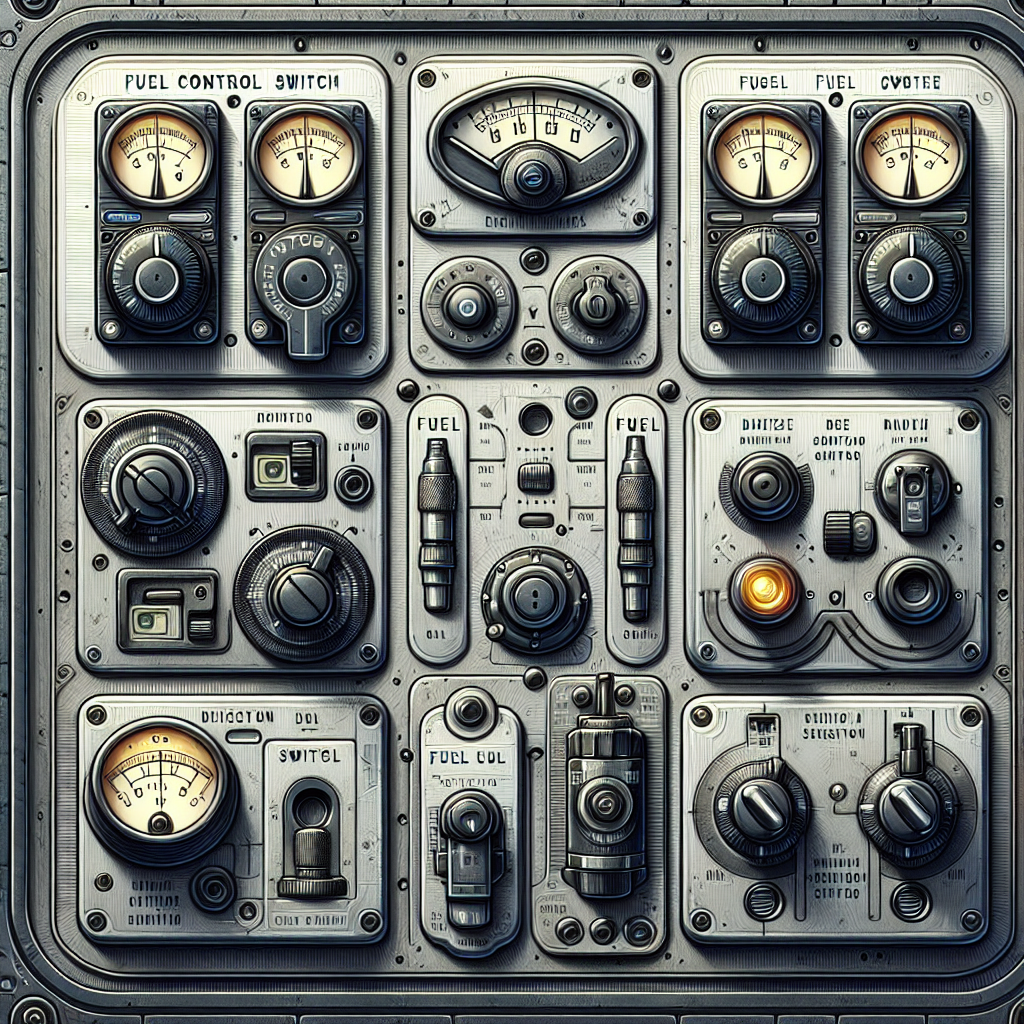Unraveling the Mystery of the Air India Crash: The Role of Fuel Control Switches
The Air India crash that claimed 260 lives is attributed to the fuel control switches of a Boeing 787, which were briefly turned off shortly after takeoff, starving the engines of fuel. Key details about the fuel switches and their unexpected movements during the flight are explored here.

An initial report on the tragic Air India crash, which resulted in the deaths of 260 individuals, reveals a terrifying moment mere seconds after takeoff. Investigators discovered that the Boeing 787's fuel control switches were transiently flipped off, leading to a critical engine fuel deprivation.
Fuel switches are pivotal components in an aircraft, tasked with regulating the flow of fuel to engines. With their central role in initiating and shutting down engines, these switches ensure safe flight operations. Experts indicate that these switches on the 787, situated below thrust levers, are designed to prevent accidental engagement.
On the doomed Air India flight, flight recorders captured a sequence in which both engine switches ominously transitioned from 'RUN' to 'CUTOFF,' albeit momentarily. This brief disruption triggered a swift power drop in the engines. Despite returning to 'RUN', this fatal misstep marks a chilling chapter in aviation inquiries.
(With inputs from agencies.)
ALSO READ
Investigation team will examine additional evidence that are being sought from stakeholders: AAIB in preliminary report on AI plane crash.
Tragedy in Ahmedabad: Air India Plane Crash Preliminary Report Released
AAIB publishes 15-page preliminary report on Air India plane crash in Ahmedabad on June 12.
AAIB to Publicize Preliminary Report on Ahmedabad Plane Crash
Preliminary Report Reveals Insights on Air India Crash










